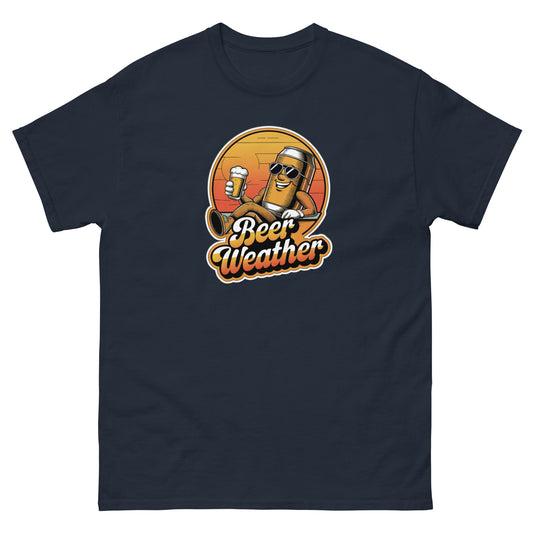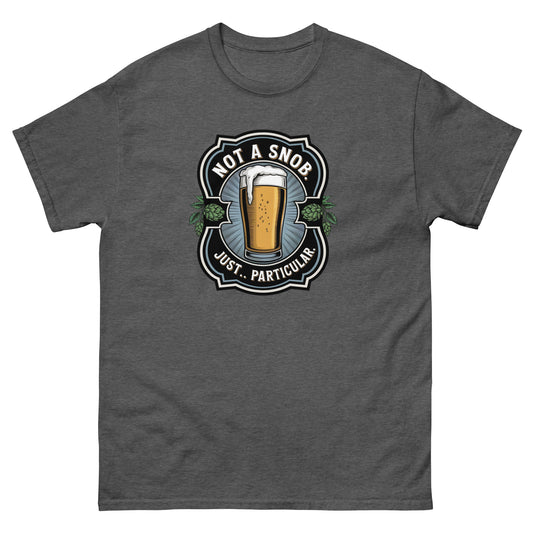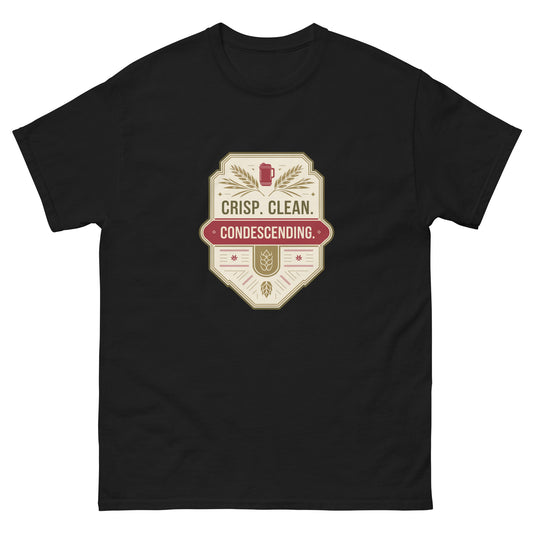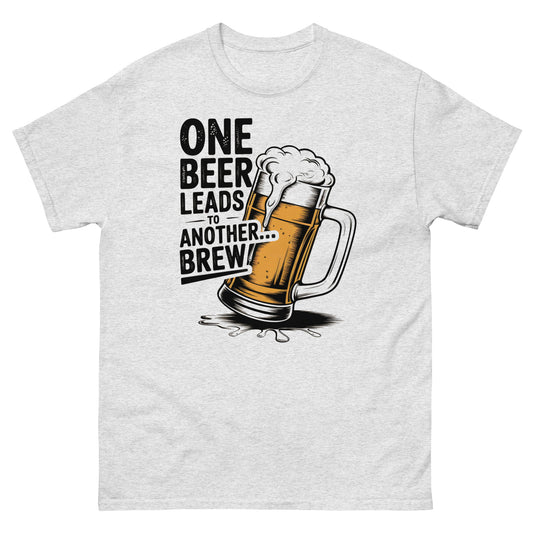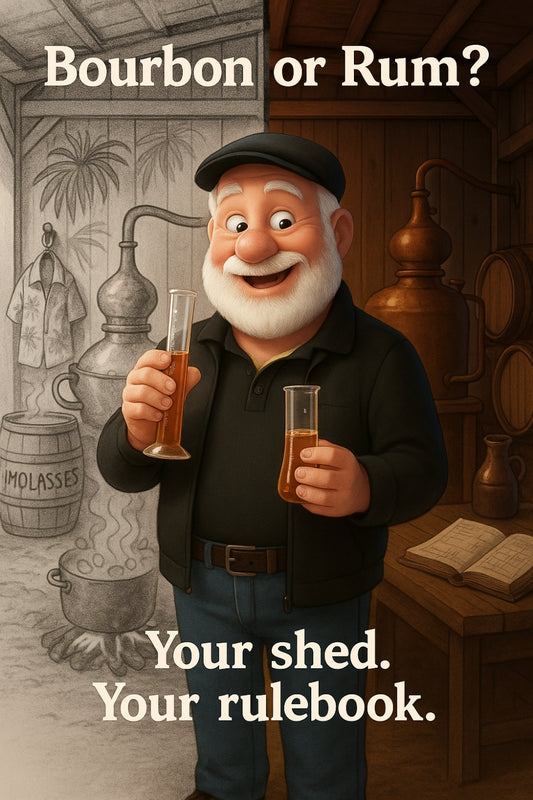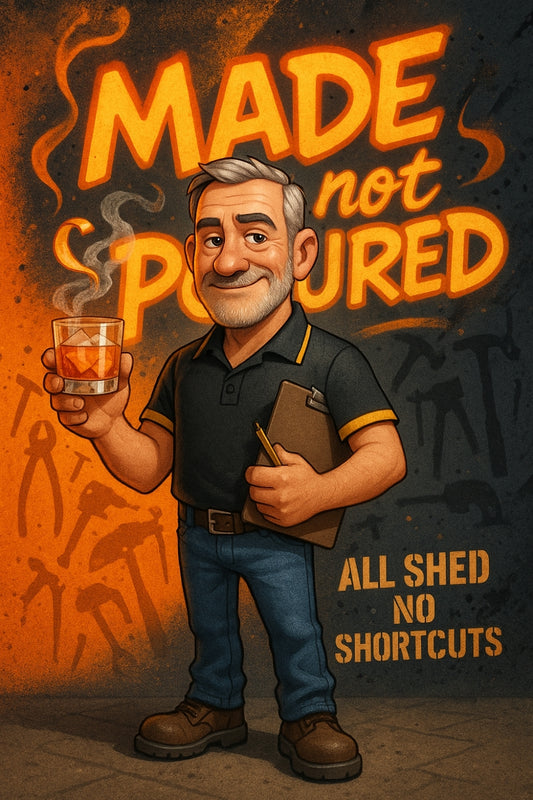How to Create the Perfect Carbonation for Your Homebrew
Share
You’ve brewed your beer, nurtured it through the fermentation process, and admired the rich colour that promises so much flavour. But hold on—there’s one more step between you and that first, glorious sip. Yes, I’m talking about carbonation. Without it, your beer is just a sad, flat drink, and nobody wants that. Adding the perfect fizz is an art, but lucky for you, we’re breaking it down and making it as easy as cracking open a cold one.
Why Carbonation Matters
Think about that satisfying hiss when you open a bottle of beer. That’s carbonation calling your name! But it’s not just about sound effects; carbonation lifts your beer to the next level. It enhances flavour, improves mouthfeel, and brings out the subtle aromas you worked so hard to create. Get it wrong, and you risk a bottle of fizzy chaos or, worse, flat disappointment. Who wants to risk that? Not you, my beer-loving friend.
The Science Behind the Bubbles
At its core, carbonation is about dissolving carbon dioxide (CO2) into beer. When you seal your brew tightly, the CO2 generated by either natural fermentation or forced carbonation stays trapped in the liquid. The magic happens when you pour your beer, and the CO2 rushes to escape, creating those beautiful bubbles. But enough science—for now!
Choosing Your Carbonation Method
There are two main ways to carbonate your homebrew: natural carbonation and forced carbonation. Each method has its fan club, so let’s break them down to find out which one might work best for you.
Natural Carbonation
Natural carbonation occurs when you ‘prime’ your beer with fermentable sugars just before bottling. These sugars kickstart a mini fermentation in the bottle, producing CO2 that gives your beer its fizzy charm. Here’s what you’ll need:
- Priming sugar: Dextrose (corn sugar) is a popular choice, but you can also use table sugar or malt extract.
- Accurate measurement tools: You’ll want to avoid adding too much sugar and turning your bottles into boozy grenades!
- Patience: Your bottled beer will need to sit for 1-2 weeks at room temperature to develop that lovely carbonation.
The natural method gives your beer a soft, authentic carbonation that many brewers swear by. Not to mention it’s budget-friendly. Who doesn’t love that?
Forced Carbonation
For those of you who are kegerator enthusiasts or a little impatient, forced carbonation might be your jam. This method relies on injecting CO2 directly into your beer using a gas cylinder, regulator, and keg setup. The steps are straightforward:
- Transfer your beer to a cleaned and sanitised keg.
- Attach your CO2 tank and regulator, then set it to the desired PSI (typically 10-14 PSI).
- Wait 1-3 days, depending on the level of carbonation you want.
Advantages? It’s quick. Plus, you're in control of the exact fizz factor. Downsides? It’s a pricier method, but for some, the speed and control make it worth the investment.
Nailing the Perfect Bubbles
No matter which method you choose, here are some top tips to get it just right:
- Temperature is key: CO2 dissolves better in cold beer. If you’re force-carbonating, make sure your beer has chilled for at least 24 hours before starting.
- Experiment with levels: Some beer styles, like stouts, call for less carbonation. Others, like IPAs, thrive with a bit more fizz. Find the “sweet spot” for your recipe.
- Keep a journal: A little nerdy? Maybe. But taking notes on your carbonation levels, priming sugar quantity, and fermentation times can help you perfect your process.
Common Carbonation Mistakes (And How to Avoid Them)
Look, we’ve all made mistakes when learning something new—it’s practically a rite of passage. But if I can help you avoid these rookie errors, then my job here is done:
- Adding too much sugar: One word: explosions. Use online calculators to measure your sugar quantities based on your batch size and beer style.
- Impatience: Yes, waiting for bottles to carbonate naturally can feel endless. But cracking one open too early will leave you with underwhelming foam. Resist the urge!
- Leaky equipment: If you’re force-carbonating, make sure all your keg seals are tight. Otherwise, you’ll lose precious CO2.
Your Homebrew, Your Rules
What’s most important is how you like your beer. Whether you prefer the traditional charm of natural carbonation or the quick control of forced carbonation, this is your craft. Experiment, tweak, and enjoy the process—you’re literally creating something to celebrate. How cool is that?
Ready to Get Started?
Don’t fret if you need equipment, priming sugars, or just solid advice to kickstart your carbonation journey. That’s what we’re here for! Strathalbyn H Hardware has everything you need to brew like a pro. Swing by, have a chat with our friendly team, and stock up on gear that matches your brewing ambitions.
Here’s to perfectly carbonated homebrews—cheers! 🍻
Candeece

